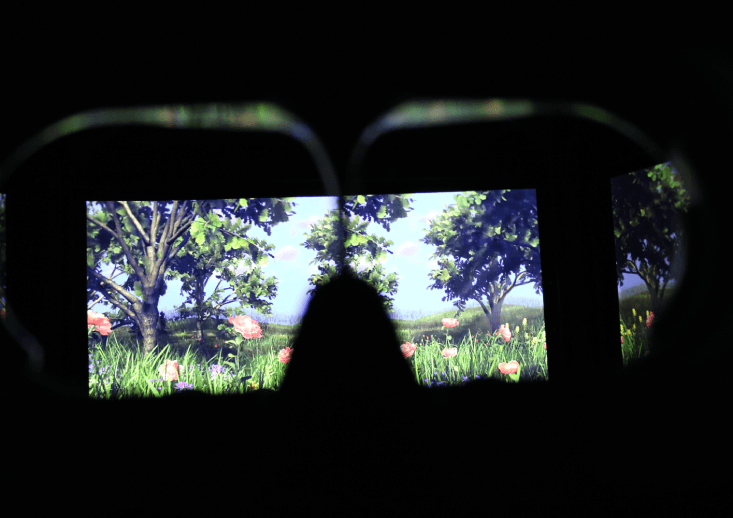
ICR Ophthalmological Center takes part in the pilot evaluation of the BulbiCAM device, made by Norwegian manufacturer Bulbitech. This company develops neuroocular diagnostic devices to detect neuroophthalmic disorders based on eye-tracking technology.
This study, led by the head of the Glaucoma Department and the Research Department at ICR, Dr. Alfonso Antón, aims to compare the location of campimetric defects assessed with standard automated perimetry (SAP) with those detected with the BulbiCAM eye movement perimeter.
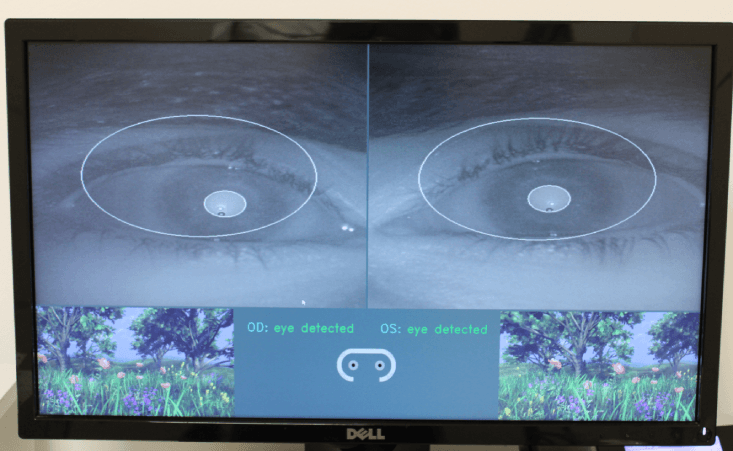
The BulbiCAM device is used at ICR to perform visual field tests, detect and monitor the evolution of glaucoma. This disease causes damage to the retinal ganglion cells, which deteriorates the visual field, and is the second leading cause of blindness worldwide – from an epidemiological point of view.
According to Marc Martínez, optometrist and researcher at ICR, the main advantage of this device is the comfort it provides to the patient: they don’t have to lean forward, they can sit comfortably in a chair and their head has more freedom of movement. In addition, the methodology is more dynamic; the patient does not have to be constantly looking at a motionless point, the fixation point at the stimulus point varies.
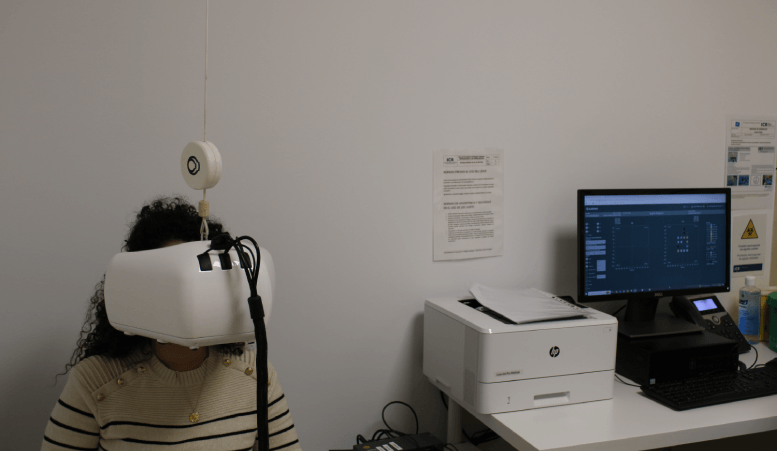
This study evaluates different kinds of patients: diagnosed with glaucoma,
under the suspicion of glaucoma and/or ocular hypertension and those with no pathology, all of them over 40 years old. The project aims to analyze the eye health of 80 patients, 50 of whom have already participated.
The methodology of the study is to perform three visual field tests,
two short and one long. The results of the short visual fields are compared
among them to make sure that the result is the same, whereas the long visual field test is compared with one of the short ones to check which of the tests is more reliable to see the evolution of glaucoma.
When the patient has the device properly placed, he / she visualizes two different situations. In the first one, a virtual reality landscape is shown and the patient has to follow an insect with their eyes. In the second one, the patient will see a white dot that changes its position, so if possible he/she will have to chase it visually.
The main difference between this device and the one currently in use is that the new one analyzes the reaction time, while the current one only analyzes the size of the stimulus and its intensity. BulbiCAM uses the same measurement, but changes the intensity of the stimulus and also measures the reaction time when detecting the stimulus. In addition, the patient does not need to press a button every time he or she sees a point of light on the screen; the device automatically detects whether or not the patient sees the stimulus by the eye movements it detects. This makes this pioneering device easier and more intuitive for the patient.
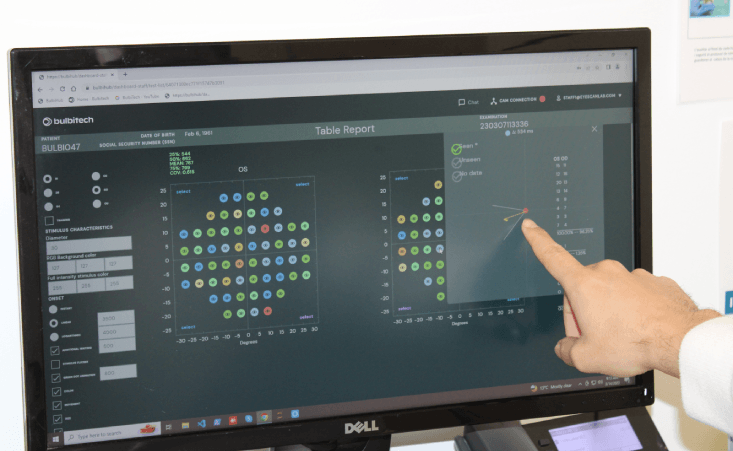
Optometrist Martínez believes that the current
devices on the market make the tests relatively heavy for the patient, and this
sometimes results in false positives and/or false negatives during testing.
That is why Martínez believes that the evaluation and application of new
devices is transcendent. For this reason, once the ICR team has finished the
study,
the data will be analyzed and the validity of this device will be checked to
conclude whether it can improve the test for diagnosing the visual field.
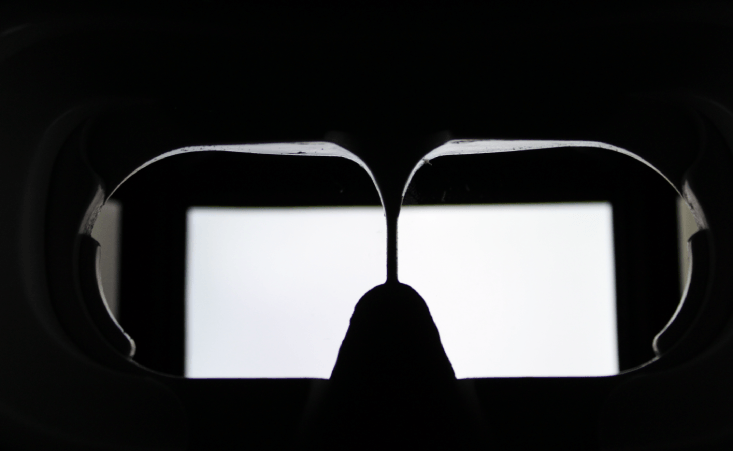
In the near future, this innovative study will
be presented in both national and international conferences to share the
conclusions from the ICR Reserarch Departhemt with the rest of the scientific community.
Contact us or request an appointment with our medical team.